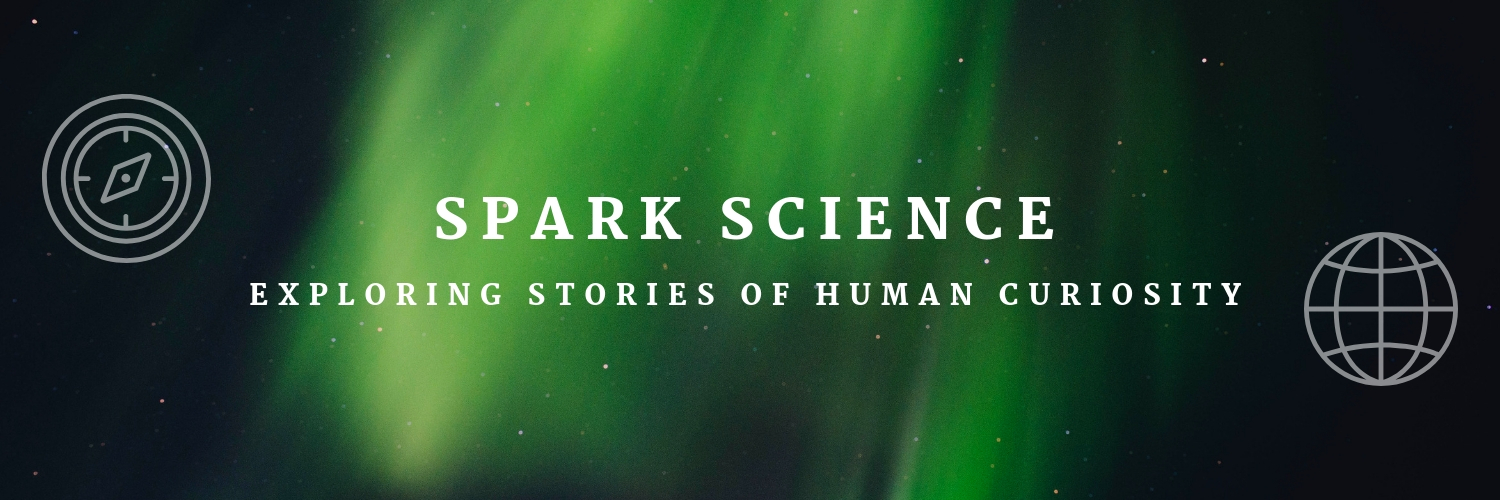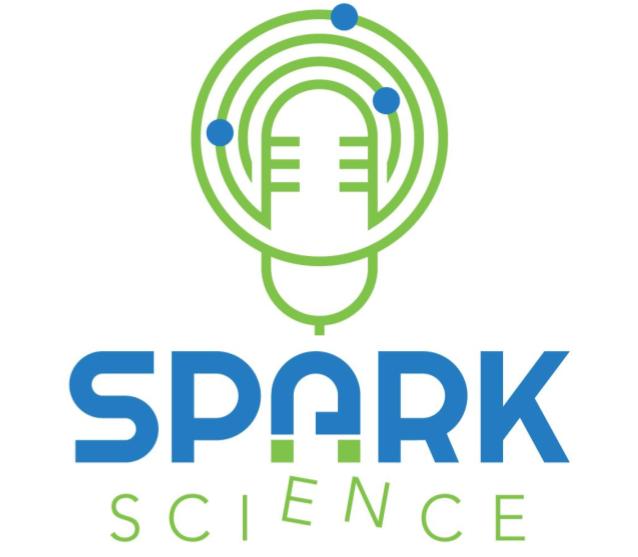Episodes

Wednesday Jul 28, 2021
Speculative Fiction
Wednesday Jul 28, 2021
Wednesday Jul 28, 2021
Do you like Sci-Fi and Fantasy? Then you like Speculative Fiction and so do we.
Dr. Lysa Rivera joins us again, after being one of Spark Science’s first guests, to talk about the history of Black and Brown voices in this genre and to also share some great recommendations, beyond Octavia Butler. However we of course talk about her too.
At WWU, Dr. Rivera specializes in Chicano/a/x and African American literature and has an extremely popular class focused on this field. She also currently serves on the editorial board for Femspec, an interdisciplinary and peer-reviewed journal devoted to the study of speculative fiction within feminist contexts.

Tuesday May 18, 2021
Misinformation
Tuesday May 18, 2021
Tuesday May 18, 2021
Why do people believe false stories on social media? Who is most susceptible to misinformation or to the more malicious version, disinformation?
In this episode, we speak with Ph.D. candidate in Cognitive Psychology at Northwestern Nikita Salovich. Her research on how “fake news” grows and how we can slow or stop the spread.
Spark Science encourages our listeners to get vaccinated and to use the information in this episode to have discussions with hesitant family and friends to get vaccinated as well. Another great resource is the Debunking Handbook.
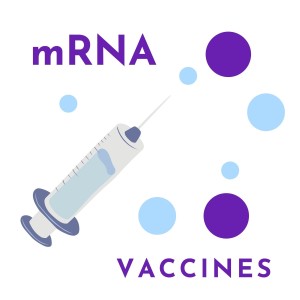
Thursday Apr 29, 2021
mRNA Vaccines
Thursday Apr 29, 2021
Thursday Apr 29, 2021
“Which one did you get, Pfizer or Moderna?” This was the big question at the start of the COVID-19 vaccine rollout but how do these vaccines work? Why do they have to be kept at ultracold temperatures? What is mRNA?
These questions are answers in this episode featuring WWU Biology professor and RNA researcher, Dr. Suzanne Lee.
Lastly, if you haven’t already, Spark Science would like to encourage you to get any COVID-19 Vaccine available, mRNA or not.
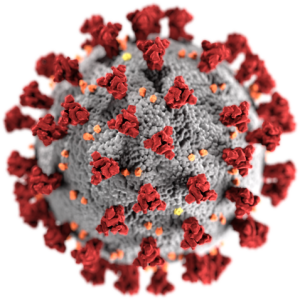
Tuesday Apr 13, 2021
COVID-19 Follow-up with Dr. Vijai Bhola
Tuesday Apr 13, 2021
Tuesday Apr 13, 2021
It has been a year since we have talked with Infectious Disease Specialist, Dr. Vijai Bhola. He is now our go-to regular medical doctor to answer our questions about the pandemic one year in.
We discuss the various vaccines, the socioeconomic impact of the pandemic on different populations, and predictions for the future.
One takeaway that Dr. Bhola would like to convey is to “not let your guard down”. We are not out of this pandemic yet so keep those masks on and those interactions outside your home circle limited. Check out https://www.cdc.gov/
Image credit: CDC/ Alissa Eckert, MS; Dan Higgins, MAM
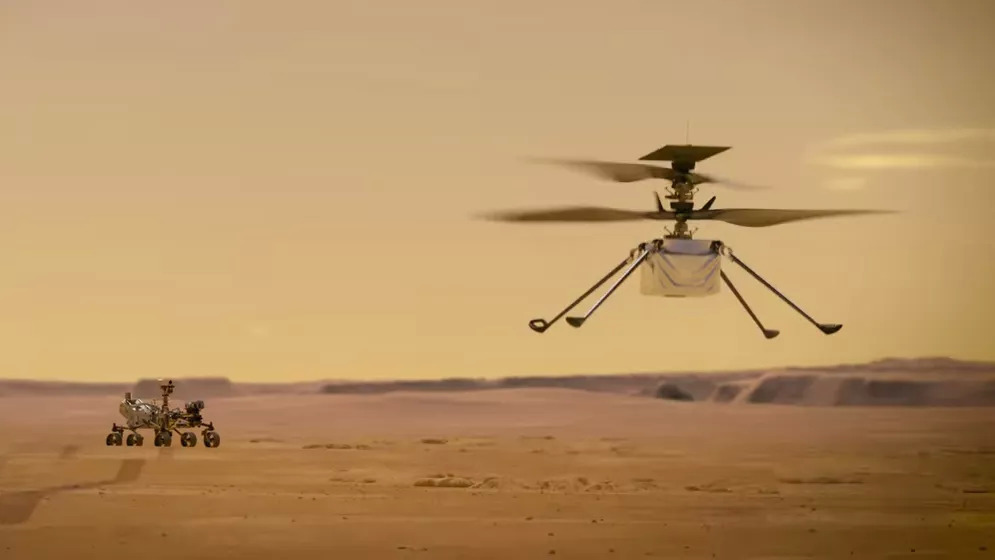
Wednesday Mar 31, 2021
Perseverance and the Martian Clock
Wednesday Mar 31, 2021
Wednesday Mar 31, 2021
What is “Mars Time”? Are you excited about machines flying on another planet? Or Martian rock coming back to Earth?
If you are curious about spacecraft on the Red Planet then check out our Season 7 Premiere featuring one of the best communicators in town, NASA Scientist and Western Washington University Geophysicist, Dr. Melissa Rice.
We reference her Op-Ed “A Wright Brothers moment on Mars will expand our cosmic perspective” published in the Seattle Times in this episode. You can check it out here. https://www.seattletimes.com/opinion/a-wright-brothers-moment-on-mars-will-expand-our-cosmic-perspective/
Image credit: NASA -- Artist rendition of the helicopter Ingenuity flying next to the Perseverance Rover.

Saturday Aug 22, 2020
Conservation in Zambia
Saturday Aug 22, 2020
Saturday Aug 22, 2020
For our Season 6 Finale, we speak with conservationist, storyteller, filmmaker and fellow pop culture enthusiast, Luwi Nguluka. She shares her path from medicine to wildlife activism. Luwi is the co-founder of "Women For Conservation", Zambia's first network for women working on wildlife initiatives and is involved in the “This is not Game” bushmeat campaign which tackles the illegal trade.
To learn more about Luwi’s work, check out her TEDx Talk titled What conservation can cook like for an African.

Saturday Aug 15, 2020
Nature Photography & The Philippines
Saturday Aug 15, 2020
Saturday Aug 15, 2020
The old adage "A picture is worth a thousand words" explains how photography can create conservation stories accessible across cultures. Our guest for this episode uses beautiful images to help save wetlands around the world. Gab Mejia is a National Geographic Explorer, Nikon Ambassador for Asia, Jackson Wild Media Lab Fellow, and an engineering undergraduate student. Join us for a conversation about his path from hobbyist to international award-winning science communicator.
Check out Gab Mejia's Instagram @gabmeija
Image credit: Gab Mejia
Location: Mindanao, Philippines
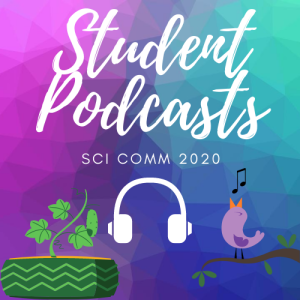
Saturday Aug 08, 2020
Student’s Stories S6- Part 3
Saturday Aug 08, 2020
Saturday Aug 08, 2020
Backyard Botany & Birdsongs - In the first segment WWU student Liz Cunningham interviews a local expert about how a love for gardening can help science spread. The second segment shares how bird and whale song expert Dr. John Bower became an ornithologist at Fairhaven College.
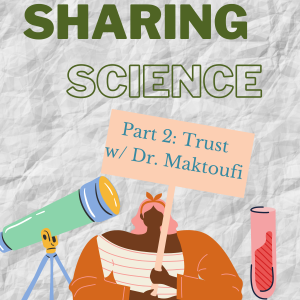
Saturday Aug 01, 2020
Sharing Science Part 2: Trust w/ Dr. Maktoufi
Saturday Aug 01, 2020
Saturday Aug 01, 2020
What makes people accept scientific information? This episode is part 2 of our short Sharing Science series where we talk to researchers who study how science is communicated.
Our guest is Dr. Reyhaneh Maktoufi a Civic Science Fellow at NOVA and a producer for Story Collider. She is also an artist who uses comics to emphasize the importance of trust and encourage empathy in science communication.
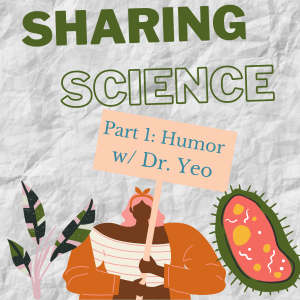
Saturday Jul 25, 2020
Sharing Science Part 1: Humor w/ Dr. Yeo
Saturday Jul 25, 2020
Saturday Jul 25, 2020
How do we humans interact with scientific information? This episode is part 1 of our short Sharing Science series where we talk to researchers who study how science is communicated.
In this episode, our guest is Dr. Sara K. Yeo from the University of Utah. She specializes in Science and Risk communication and most recently has started to study how humor is used to share scientific information on social media.
